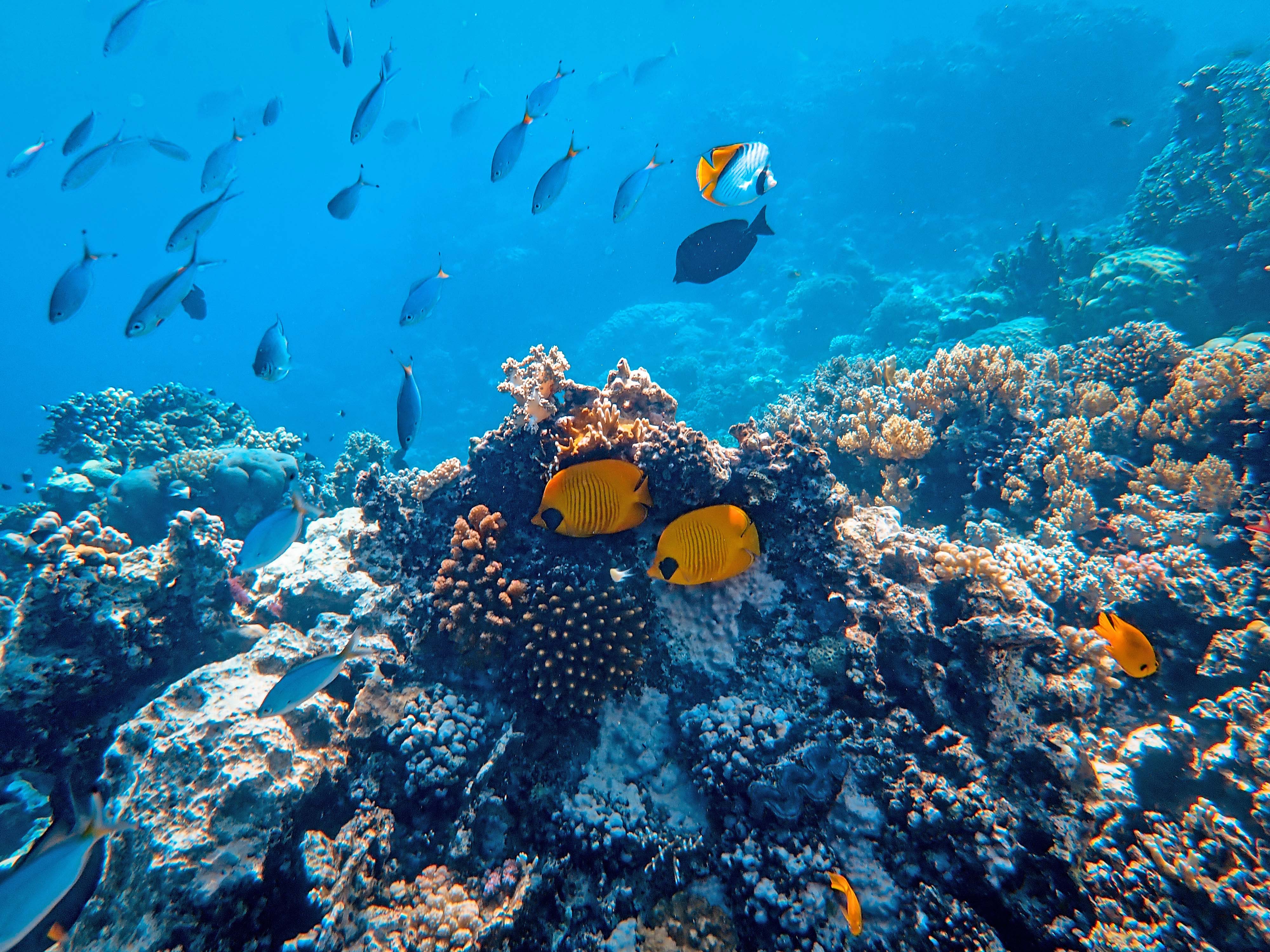 Dr. Dan Distel and his team have launched a non-profit marine genome bank at the Northeastern University Marine Science Center called the Ocean Genome Legacy Center. The OGL mission is to explore and preserve the wealth of information contained in the genomes (total DNA) of endangered, rare, unusual, and ecologically critical marine organisms and to make these primary materials available for researchers to access for future studies. So far, the OGL has amassed over 29,000 DNA samples that represent over 3,000 identified marine species. Often marine scientists spend a lifetime amassing a large number of samples and years of research notes, but what happens when they retire? Now they can donate the wealth of their collection to the OGL. The OGL doesn't just stop at the physical storage of genome samples in freezers. These DNA curators also collect the researcher's notes regarding each sample - dates, depths, locations, sample collection methods, etc. Any ambiguity leads the team back to the original researcher for clarification. This way when future researchers want to study or compare a similar sample, all the relevant context is available. Read more...
Dr. Dan Distel and his team have launched a non-profit marine genome bank at the Northeastern University Marine Science Center called the Ocean Genome Legacy Center. The OGL mission is to explore and preserve the wealth of information contained in the genomes (total DNA) of endangered, rare, unusual, and ecologically critical marine organisms and to make these primary materials available for researchers to access for future studies. So far, the OGL has amassed over 29,000 DNA samples that represent over 3,000 identified marine species. Often marine scientists spend a lifetime amassing a large number of samples and years of research notes, but what happens when they retire? Now they can donate the wealth of their collection to the OGL. The OGL doesn't just stop at the physical storage of genome samples in freezers. These DNA curators also collect the researcher's notes regarding each sample - dates, depths, locations, sample collection methods, etc. Any ambiguity leads the team back to the original researcher for clarification. This way when future researchers want to study or compare a similar sample, all the relevant context is available. Read more...
 The nonprofit, Revive & Restore, will be funding a fresh initiative to preserve tissue samples from one-quarter of all threatened and endangered mammal species in the USA. Only 14% of the 1700 USA endangered species have already been cryopreserved. Biologists from the U.S. Fish and Wildlife Service will collect the samples; the San Diego Zoo Wildlife Alliance and cloning company, ViaGen Pets & Equine will perform the cryopreservation, genome sequencing, and cell line creation. These cell samples will be stored in the U.S. Department of Agriculture's national repository for cryopreservation. Read the full article
The nonprofit, Revive & Restore, will be funding a fresh initiative to preserve tissue samples from one-quarter of all threatened and endangered mammal species in the USA. Only 14% of the 1700 USA endangered species have already been cryopreserved. Biologists from the U.S. Fish and Wildlife Service will collect the samples; the San Diego Zoo Wildlife Alliance and cloning company, ViaGen Pets & Equine will perform the cryopreservation, genome sequencing, and cell line creation. These cell samples will be stored in the U.S. Department of Agriculture's national repository for cryopreservation. Read the full article

 Starting in October 2023, Tokyo women aged 18 to 39 can get subsidies of up to ¥300,000 to cryopreserve their eggs for future pregnancies. They must attend information sessions and participate in follow-up government surveys. Initially, they can get ¥200,000 for cryopreserving, with an additional ¥20,000 yearly for up to five years, by updating the government on the eggs' status. This data will help shape future policies. Tokyo will support companies offering Cryopreservation Leave. Moreover, the government will subsidize fertility treatments—like artificial insemination using frozen eggs—up to ¥250,000 per session for six sessions for married or de facto married women under 43.
Starting in October 2023, Tokyo women aged 18 to 39 can get subsidies of up to ¥300,000 to cryopreserve their eggs for future pregnancies. They must attend information sessions and participate in follow-up government surveys. Initially, they can get ¥200,000 for cryopreserving, with an additional ¥20,000 yearly for up to five years, by updating the government on the eggs' status. This data will help shape future policies. Tokyo will support companies offering Cryopreservation Leave. Moreover, the government will subsidize fertility treatments—like artificial insemination using frozen eggs—up to ¥250,000 per session for six sessions for married or de facto married women under 43. 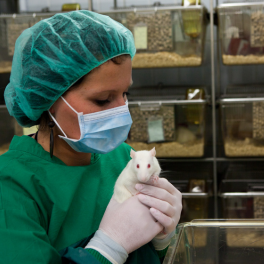 A stunning article in Science (
A stunning article in Science (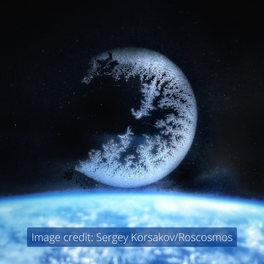 Space Ice Crystals - no one knows how they are formed and Cosmonaut Sergey Korsakov on the International Space Station (ISS) just snapped a photo of the first ones forming on a window. The window in question is most likely in the Russian module of the ISS so further information is limited and we can only speculate.
Space Ice Crystals - no one knows how they are formed and Cosmonaut Sergey Korsakov on the International Space Station (ISS) just snapped a photo of the first ones forming on a window. The window in question is most likely in the Russian module of the ISS so further information is limited and we can only speculate. Sometimes the world can seem like a cruel and dismal place. With issues like climate crisis, world hunger, and rising income inequality, to name a few, we can be hard-pressed to put a positive "spin" on the future our children & grandchildren will inherit.
Sometimes the world can seem like a cruel and dismal place. With issues like climate crisis, world hunger, and rising income inequality, to name a few, we can be hard-pressed to put a positive "spin" on the future our children & grandchildren will inherit. Dr. Dan Distel and his team have launched a non-profit marine genome bank at the Northeastern University Marine Science Center called the
Dr. Dan Distel and his team have launched a non-profit marine genome bank at the Northeastern University Marine Science Center called the 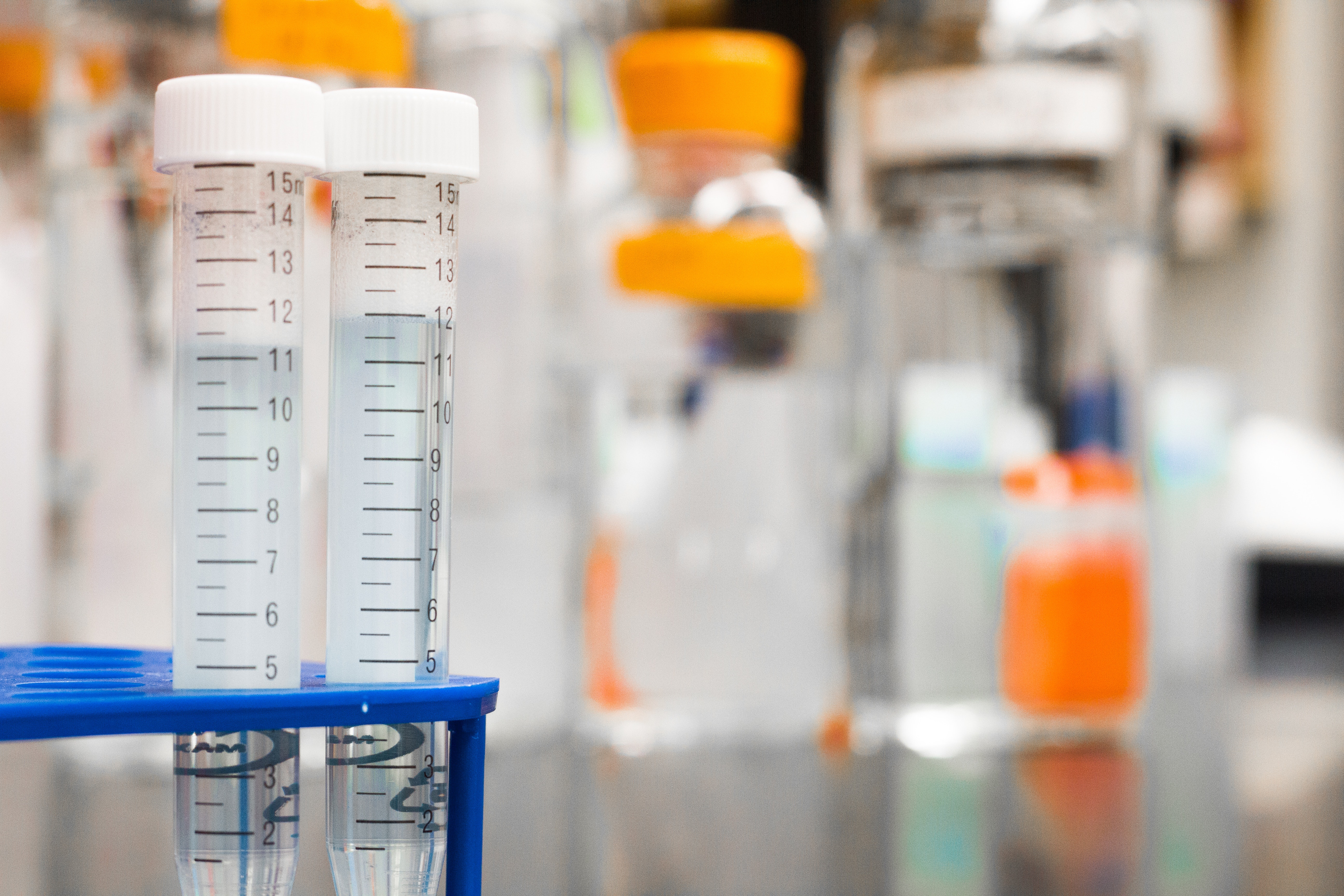 Advancing beyond growing and testing individual cell lines in the lab, UF Health scientists have discovered a novel method of cryopreserving lung tissue at -184°F with the intention of studying the impact of the coronavirus and COVID-19 on the tissue. A key ingredient in this new cryopreserving method is a protein found in Antarctic fish which inhibits the formation of ice crystals.
Advancing beyond growing and testing individual cell lines in the lab, UF Health scientists have discovered a novel method of cryopreserving lung tissue at -184°F with the intention of studying the impact of the coronavirus and COVID-19 on the tissue. A key ingredient in this new cryopreserving method is a protein found in Antarctic fish which inhibits the formation of ice crystals.  A world without your favorite wine? At best you'll pay more; at worst you won't get it at all. Climate change and a lack of biodiversity are making some grape and wine varieties obsolete. The French National Institute for Research into Agriculture, Food, and the Environment (INRAE) has launched the cryopreservation of the world's largest collection of historical grapevines. This $12.1 million (€ 10.4 million) conservation center was built to protect and support plant tissue supplied by Domaine de Vassal, a 27-hectare vineyard, with grapevines collected from the 1870s and will be stored in cryobanks of liquid nitrogen at -196°C. INRAE researcher, Phillippe Chatelet says the primary challenge will be the safe regeneration of these vine tissues.
A world without your favorite wine? At best you'll pay more; at worst you won't get it at all. Climate change and a lack of biodiversity are making some grape and wine varieties obsolete. The French National Institute for Research into Agriculture, Food, and the Environment (INRAE) has launched the cryopreservation of the world's largest collection of historical grapevines. This $12.1 million (€ 10.4 million) conservation center was built to protect and support plant tissue supplied by Domaine de Vassal, a 27-hectare vineyard, with grapevines collected from the 1870s and will be stored in cryobanks of liquid nitrogen at -196°C. INRAE researcher, Phillippe Chatelet says the primary challenge will be the safe regeneration of these vine tissues. Patients in the UK will now have more time to decide their family planning after government changes the egg, sperm, and embryo storage regulations. Presently fertility storage is limited based on medical needs and limited to a 10 year period. After the successful campaign by the Progress Educational Trust, the new regulations will open fertility storage to more people who choose fertility storage for medical or social reasons and provide a 10-year renewable storage cycle for a maximum of 55 years. Fertility advances mean human eggs can be stored indefinitely without deterioration using vitrification, making the current 10-year limit obsolete. Additional conditions surrounding third-party donors and posthumous use will be investigated and regulated separately.
Patients in the UK will now have more time to decide their family planning after government changes the egg, sperm, and embryo storage regulations. Presently fertility storage is limited based on medical needs and limited to a 10 year period. After the successful campaign by the Progress Educational Trust, the new regulations will open fertility storage to more people who choose fertility storage for medical or social reasons and provide a 10-year renewable storage cycle for a maximum of 55 years. Fertility advances mean human eggs can be stored indefinitely without deterioration using vitrification, making the current 10-year limit obsolete. Additional conditions surrounding third-party donors and posthumous use will be investigated and regulated separately.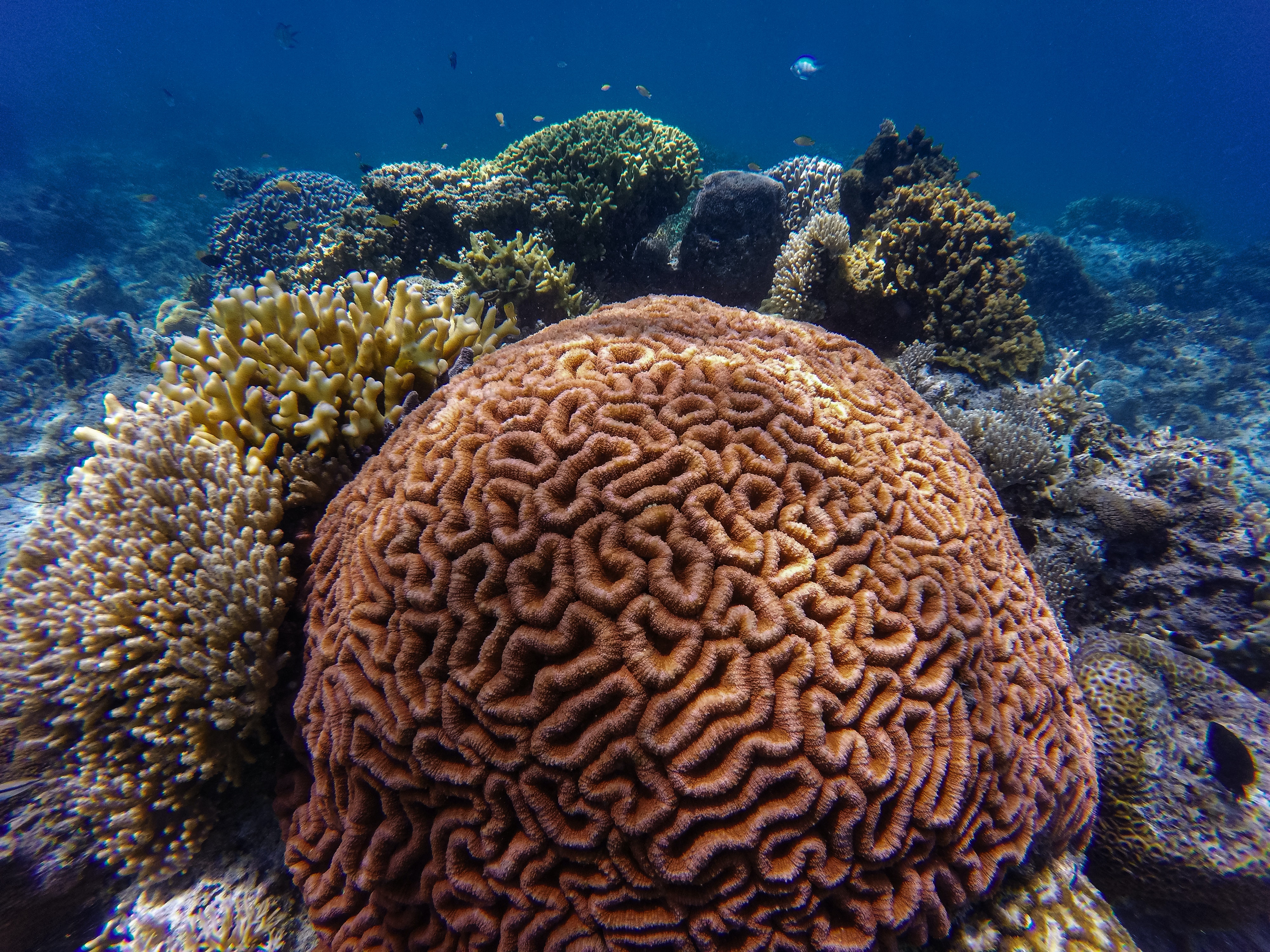 In a recent interview with the Hawaiian Public Radio, Mary Hagedorn, a
In a recent interview with the Hawaiian Public Radio, Mary Hagedorn, a  Back from the dead... Bdelloid Rotifers are multicellular microscopic animals with a wheel-like ring of tiny hairs that circle their mouths and that live in freshwater environments. They've been around for about 50 million years. Now, scientists from the Institute of Physicochemical and Biological Problems in Soil Science in Pushchino, Russia have resuscitated rotifers that froze in ancient Siberian permafrost during the latter part of the Pleistocene epoch (2.6 million to about 11,700 years ago). These researchers drilled to 11.5 feet (3.5 meters) below the Siberia Alazeya River surface to collect their samples. The soil was radiocarbon dated at ~24,000 years old. Once thawed in the lab, these "zombie" rotifers reanimated and began reproducing asexually through parthenogenesis and created clones that were their genetic duplicates.
Back from the dead... Bdelloid Rotifers are multicellular microscopic animals with a wheel-like ring of tiny hairs that circle their mouths and that live in freshwater environments. They've been around for about 50 million years. Now, scientists from the Institute of Physicochemical and Biological Problems in Soil Science in Pushchino, Russia have resuscitated rotifers that froze in ancient Siberian permafrost during the latter part of the Pleistocene epoch (2.6 million to about 11,700 years ago). These researchers drilled to 11.5 feet (3.5 meters) below the Siberia Alazeya River surface to collect their samples. The soil was radiocarbon dated at ~24,000 years old. Once thawed in the lab, these "zombie" rotifers reanimated and began reproducing asexually through parthenogenesis and created clones that were their genetic duplicates. 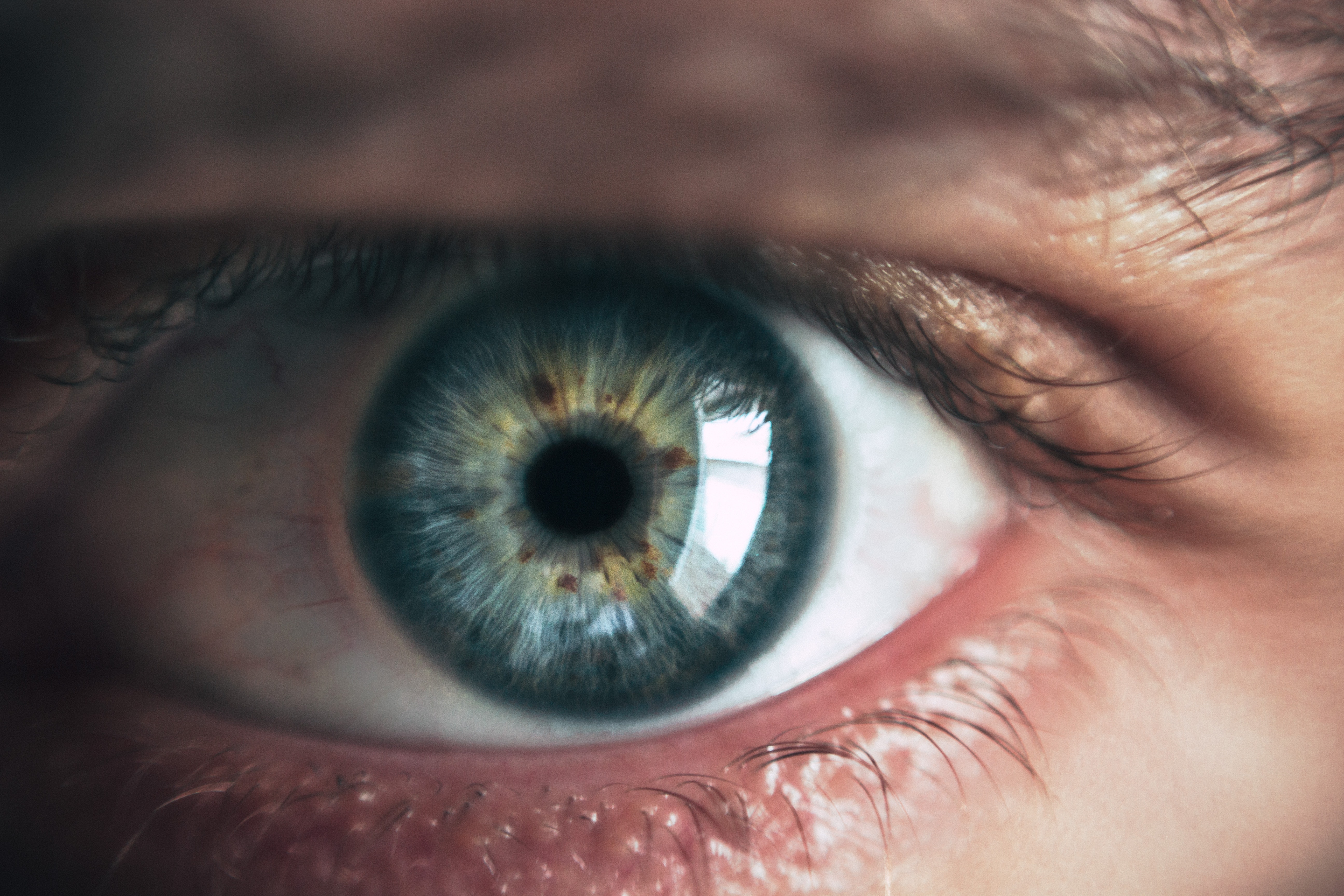 Scientists at UC Santa Barbara, University of Southern California (USC), and the biotechnology company Regenerative Patch Technologies LLC (RPT) have discovered a new method for preserving RPT's stem cell-based therapy for age-related macular degeneration (AMD), the leading cause of blindness in aging populations. This new research uses a flexible scaffold, about 18 mm2, to optimize the cryopreservation of a single layer of ocular cells generated from human embryonic stem cells. Currently in clinical trials, this implant can be frozen, stored for long periods, distributed to clinical sites, then thawed and immediately implanted into the patient's eyes. The extended shelf-life and on-demand distribution will increase the number of patients who can benefit from this treatment.
Scientists at UC Santa Barbara, University of Southern California (USC), and the biotechnology company Regenerative Patch Technologies LLC (RPT) have discovered a new method for preserving RPT's stem cell-based therapy for age-related macular degeneration (AMD), the leading cause of blindness in aging populations. This new research uses a flexible scaffold, about 18 mm2, to optimize the cryopreservation of a single layer of ocular cells generated from human embryonic stem cells. Currently in clinical trials, this implant can be frozen, stored for long periods, distributed to clinical sites, then thawed and immediately implanted into the patient's eyes. The extended shelf-life and on-demand distribution will increase the number of patients who can benefit from this treatment.  The Drosophila melanogaster fruit fly, a critical genetic research model, has eluded scientist's attempt to cryopreserve the embryos until now. A research team from the University of Minnesota and
The Drosophila melanogaster fruit fly, a critical genetic research model, has eluded scientist's attempt to cryopreserve the embryos until now. A research team from the University of Minnesota and 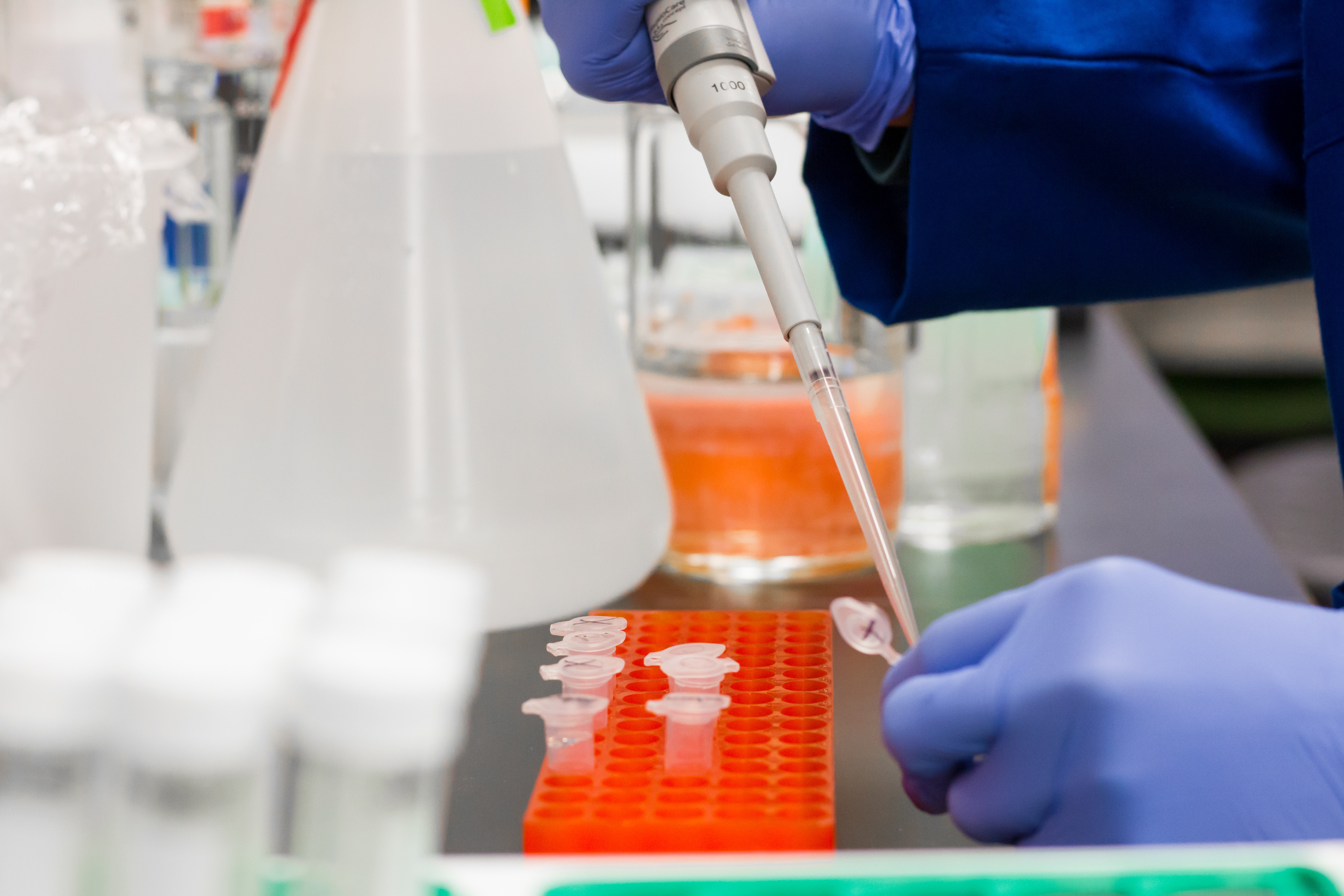 Improved cryopreservation of embryos in the field of IVF would increase fertility odds for Would-Be parents and the health of their future babies. A research collaboration between the National Institute of Genetic Engineering and Biotechnology in Iran and McGill University and the University of British Columbia in Canada introduce an independent, automated microfluidic system to replace the water with cryoprotectants (CPAs) during the embryo vitrification process. Traditional CPA pipetting techniques can result in abrupt osmotic shock causing molecular damage to the embryos. In this new method, the embryos are placed on a chip that automatically controls the CPA's concentration and flow rate, significantly reducing potential human error. Read the
Improved cryopreservation of embryos in the field of IVF would increase fertility odds for Would-Be parents and the health of their future babies. A research collaboration between the National Institute of Genetic Engineering and Biotechnology in Iran and McGill University and the University of British Columbia in Canada introduce an independent, automated microfluidic system to replace the water with cryoprotectants (CPAs) during the embryo vitrification process. Traditional CPA pipetting techniques can result in abrupt osmotic shock causing molecular damage to the embryos. In this new method, the embryos are placed on a chip that automatically controls the CPA's concentration and flow rate, significantly reducing potential human error. Read the 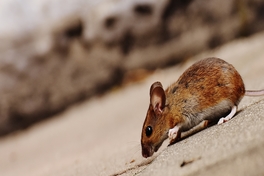 A research team from
A research team from 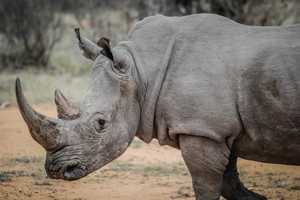 The international team of scientists and researchers from the
The international team of scientists and researchers from the 
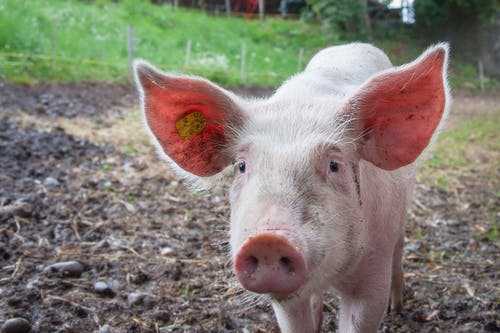 Yale scientists managed to partially revive the brains of decapitated pigs by flooding the organ with oxygen-rich artificial blood. These researchers are quick to assure the public the brains did not show any signs of consciousness; instead, their experiment showed the possibility of limiting or reversing long term brain damage as blood stops circulating. The ability to restore cell function to the brain and slow the decay process in pig brains deceased 4 to 6 hours has the potential for extraordinary applications for stroke or Alzheimer victims. The entire article can be read
Yale scientists managed to partially revive the brains of decapitated pigs by flooding the organ with oxygen-rich artificial blood. These researchers are quick to assure the public the brains did not show any signs of consciousness; instead, their experiment showed the possibility of limiting or reversing long term brain damage as blood stops circulating. The ability to restore cell function to the brain and slow the decay process in pig brains deceased 4 to 6 hours has the potential for extraordinary applications for stroke or Alzheimer victims. The entire article can be read